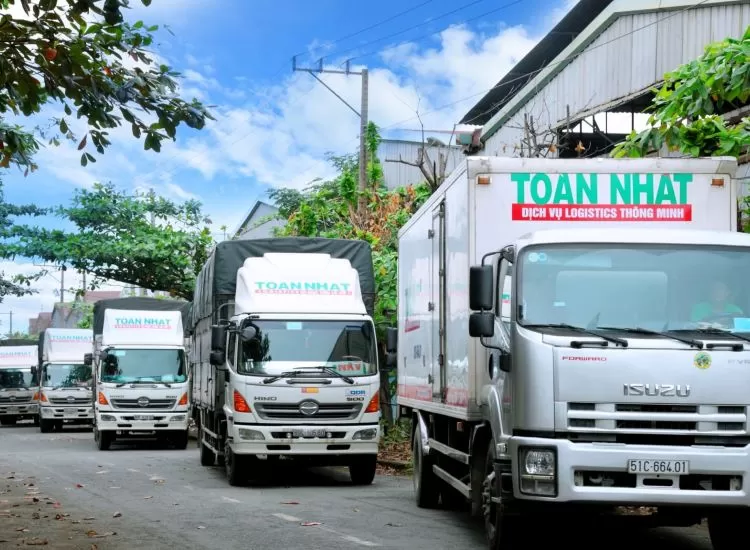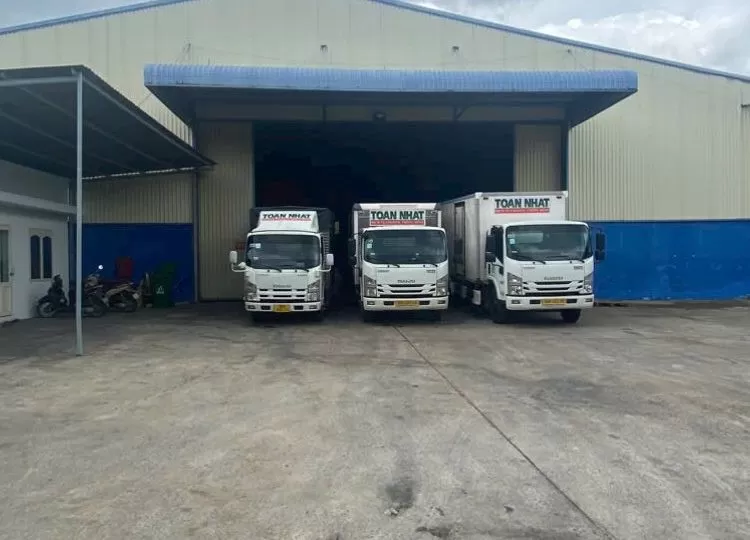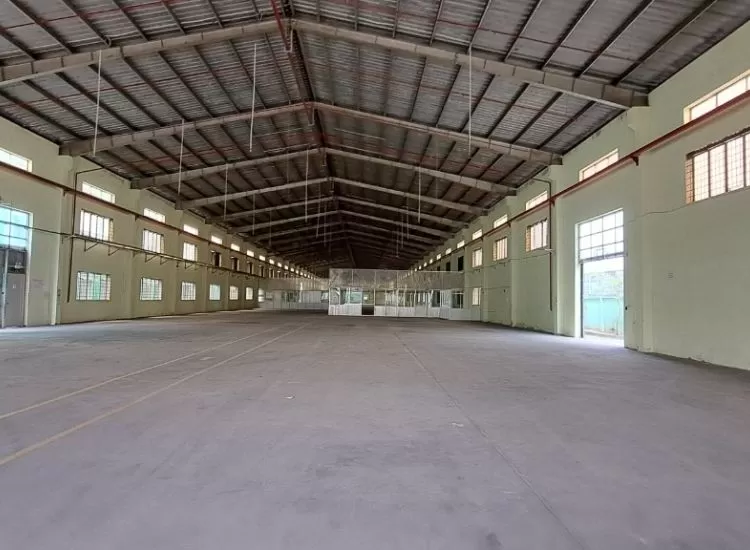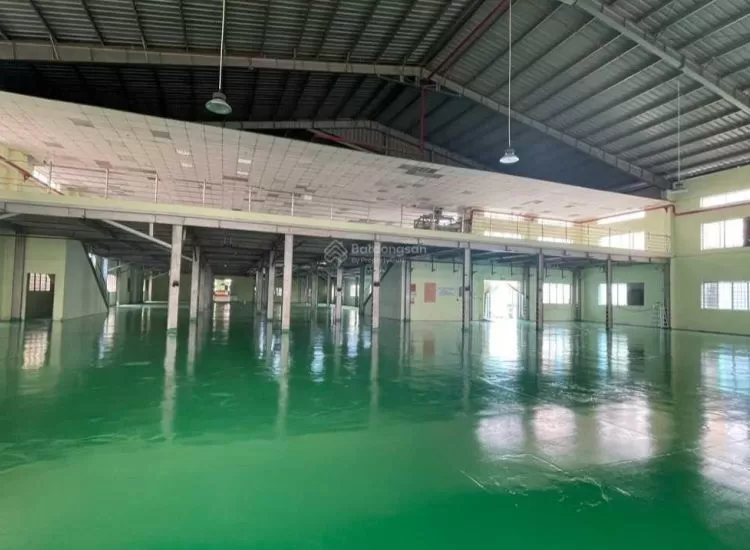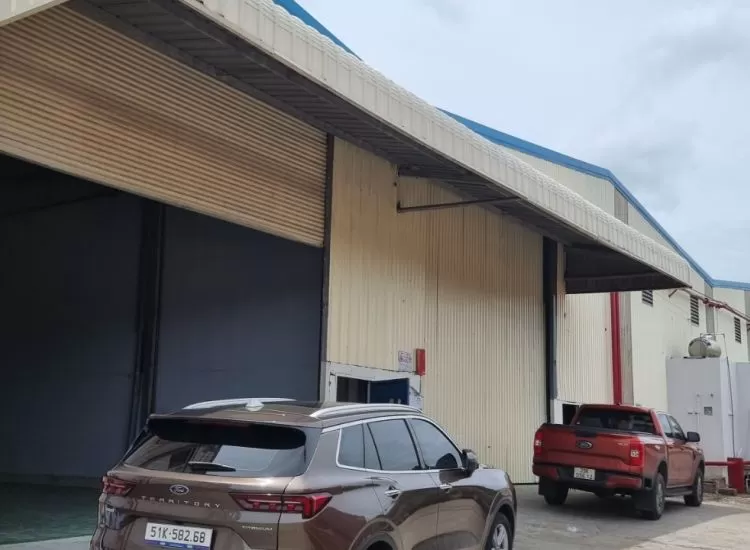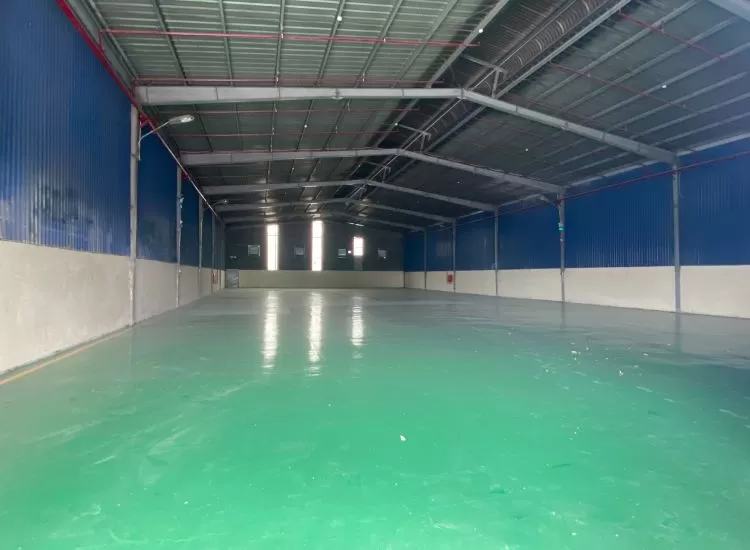The schedule reliability of the world's shipping vessels is quite poor - Sea-Intelligence
According to the latest report by Sea-Intelligence, the reliability of shipping schedules worldwide is quite poor, as some ports and regions have been severely affected by port congestion.
As can be seen in the following figure, from Asia to the West Coast of North America, at the peak, the number of ships arriving late 7‑13 days and late 14‑20 days was higher than at the peak of the strike on the West Coast of the United States in 2015.
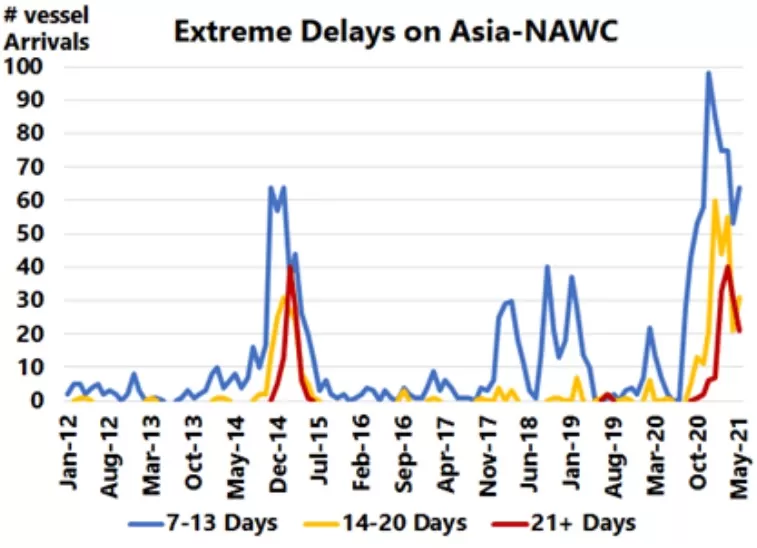
Number of sailing delays on Asia - West Coast North America route (Source: Sea-Intelligence)
According to Sea-Intelligence's data, from January to May 2021, there were 695 arrivals later than a week, of which 343 ships arrived 14 days later, and 132 ships arrived 21 days later.
For comparison, from January 2012 to December 2020, there were 1,535 sailings arriving more than a week late, 330 sailings arriving more than 2 weeks late and a total of 104 sailings arriving more than 21 days late.
In addition, on the route of Asia-North Europe, there were 461 sailings arrival later than 7 days from January to May 2021, of which 134 sailings arrived 14 days later and 30 sailings arrived later than 21 days, according to Sea-Intelligence statistics.
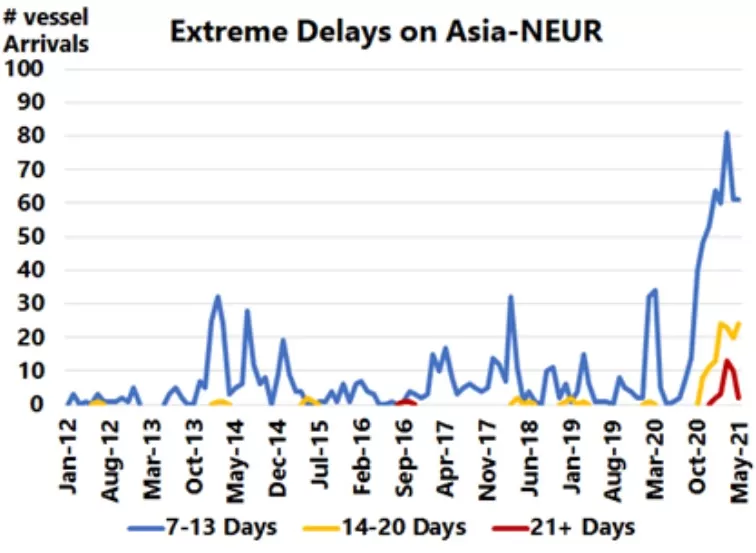
Number of sailing delays on the Asia - Nordic shipping route (Source: Sea-Intelligence)
This compares with 792 sailings arriving more than 7 days late in the nine-year period from January 2012 to December 2020. During the same period, there were 35 sailings arrivals 14 days later and only 2 late arrivals. more than 21 days.
As Danish consulting firm Sea-Intelligence points out: "The port congestion is far from over".
In May 2021 alone, 174 ships called at North American ports on the Transpacific route 7 days later, on the Asia-Europe route, this number was 114, and on the Transatlantic service, the number was 169. In the same month, on the Asia-Indian Subcontinent, 99 ships were delayed by more than a week, and the service Asia - Oceania (Asia-Oceania), this number is 134.
Source: Phaata.com (According to ContainerNews)
► Phaata - The first international logistics marketplace in Vietnam























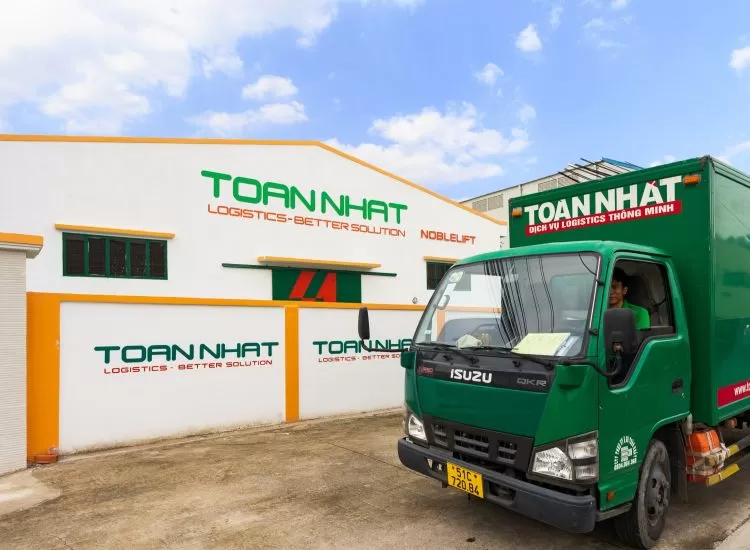
.webp)
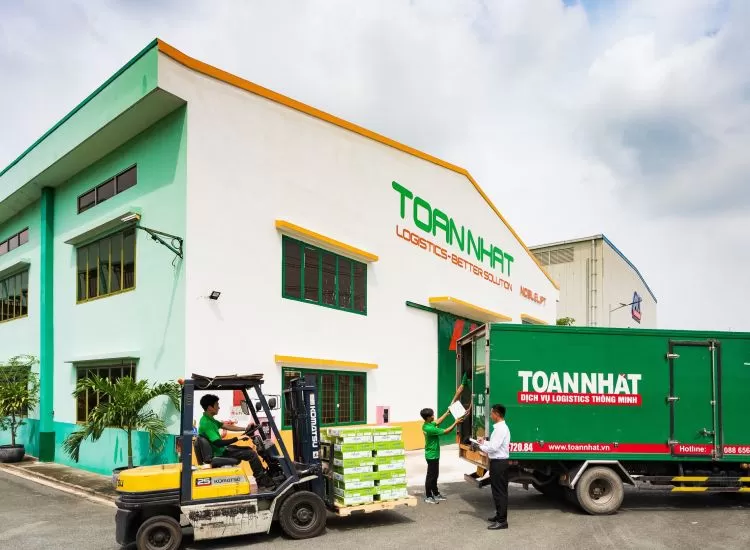
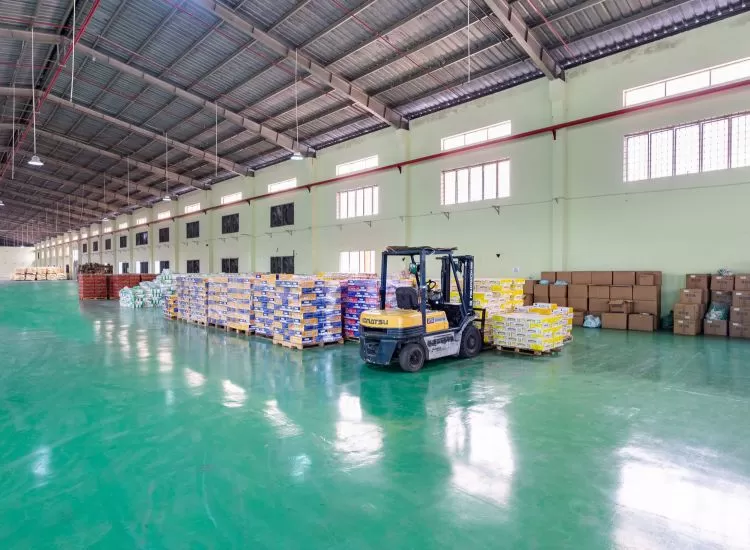

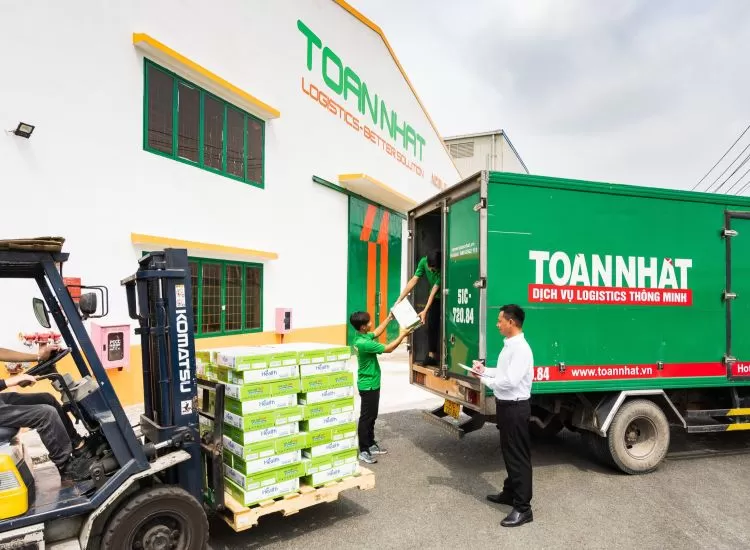


.webp)

